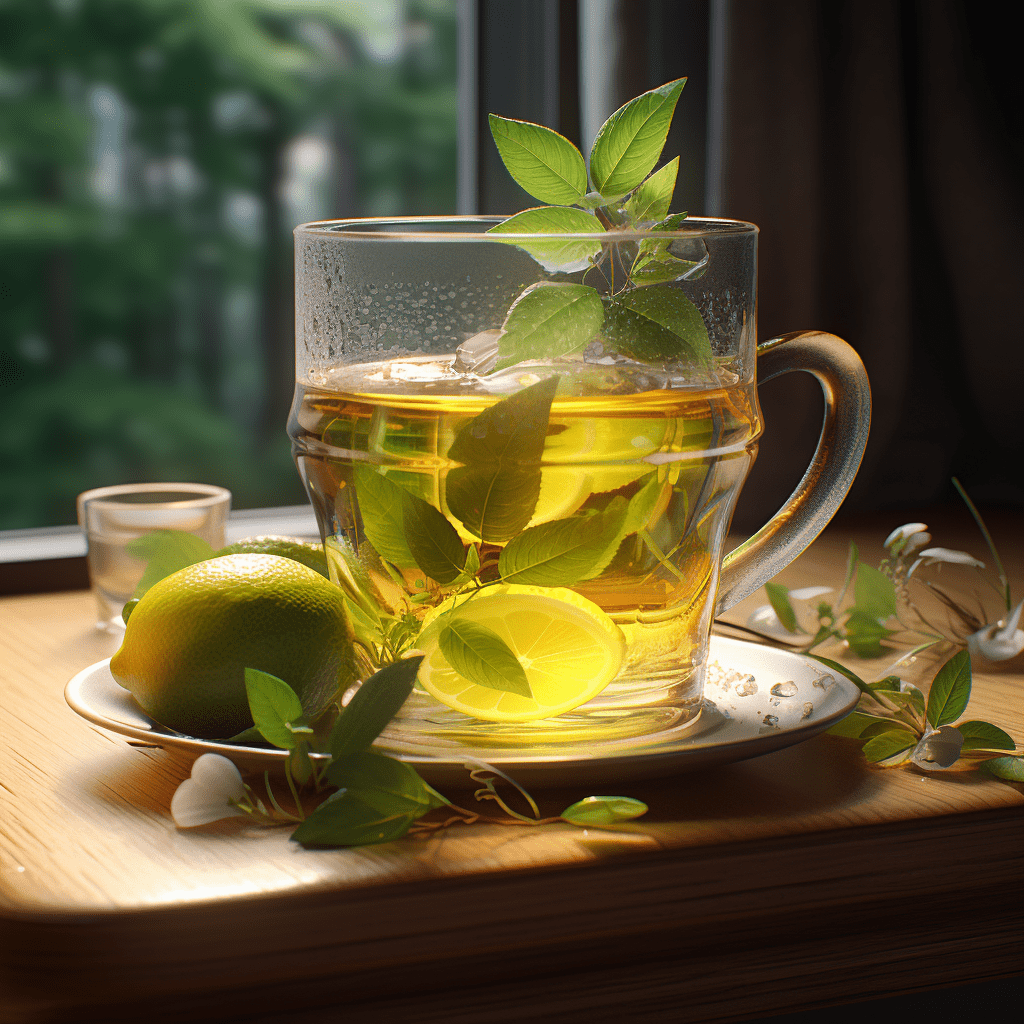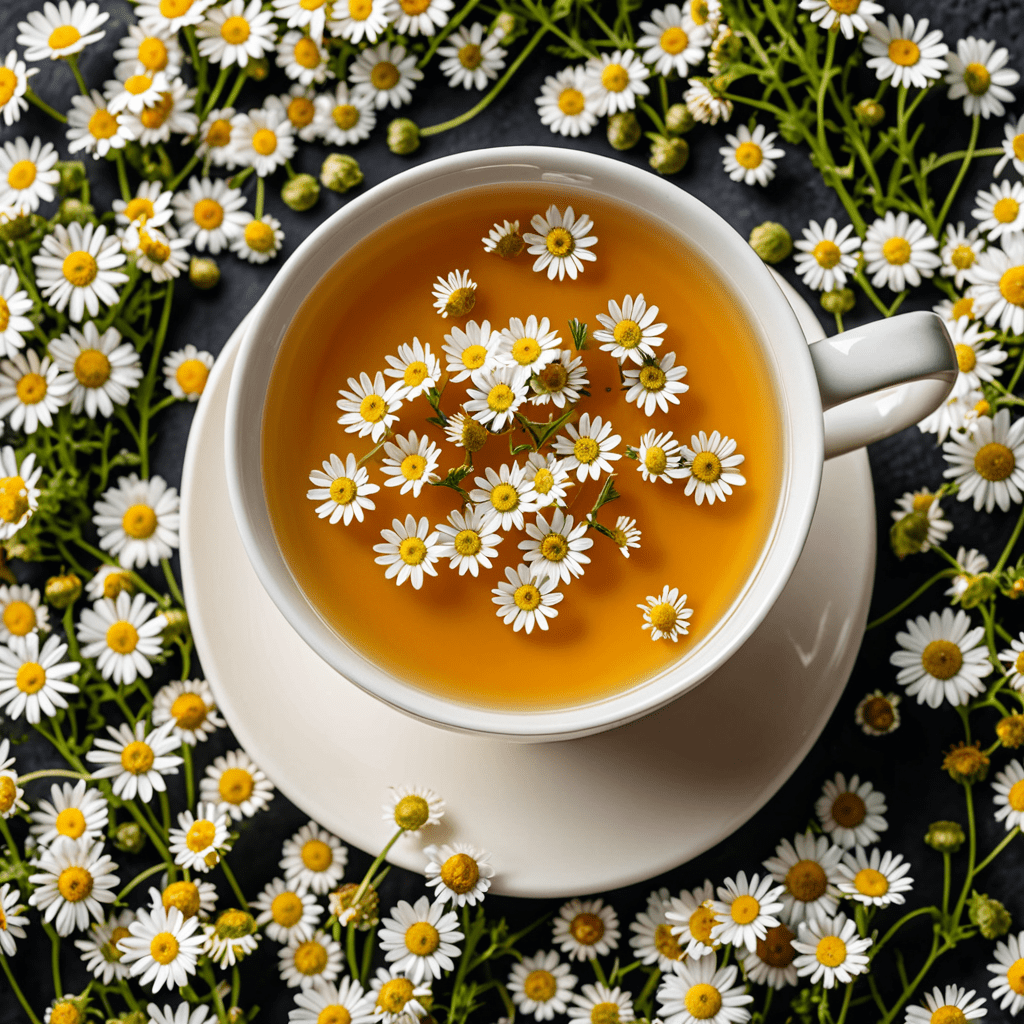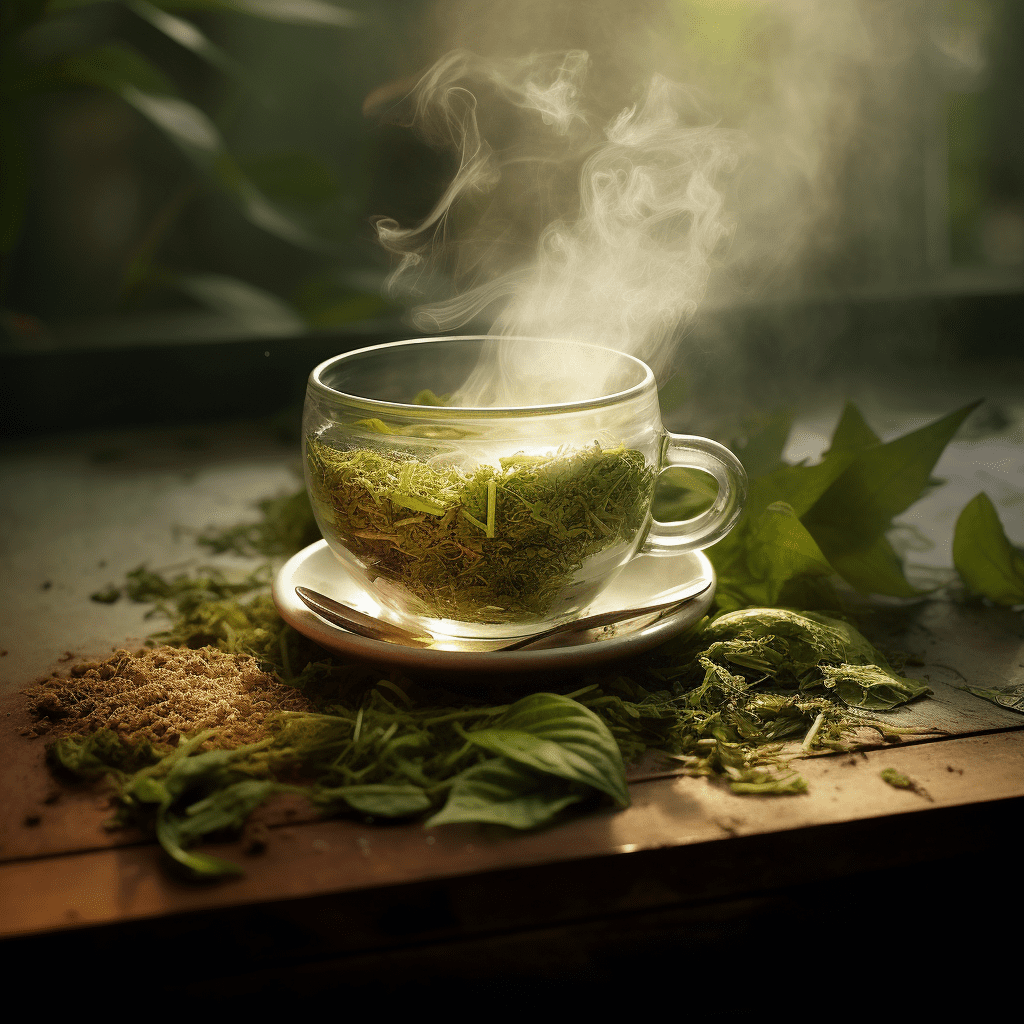1. Introduction to Assam Tea: A Legacy Steeped in History
Assam tea, a globally renowned beverage, holds a prominent place in the annals of tea history. Its unique flavor and aroma have captivated tea enthusiasts worldwide, making it a cherished part of tea cultures across continents. The journey of Assam tea begins in the lush valleys of Assam, a region in northeastern India, where it has been cultivated for centuries. Assam tea's origins trace back to the indigenous tea plants found in the region, nurtured by the skilled hands of local tea growers. Today, Assam tea plantations cover vast tracts of land, painting the landscape with vibrant hues of emerald green.
2. The Lush Tea Gardens of Assam: A Serene Tapestry of Emerald
The tea gardens of Assam are a sight to behold, stretching as far as the eye can see, creating a mesmerizing panorama of emerald. The tea bushes, meticulously arranged in rows, form a verdant tapestry that carpets the gentle slopes of the region. The air is permeated with the invigorating aroma of tea leaves, carried by the gentle breeze that rustles through the lush foliage. As the sun paints the sky with hues of gold and crimson, the tea gardens transform into a picturesque spectacle, a testament to the harmonious blend of nature and human endeavor.
3. The Unique Climate and Soil: Nature’s Secret for Assam’s Flavor
Assam's unique climate and soil composition play a crucial role in shaping the distinctive flavor profile of its tea. The region experiences abundant rainfall, providing ample moisture for the tea plants to thrive. The warm and humid climate, coupled with the well-drained alluvial soil, creates an ideal environment for the tea bushes to flourish. The soil, rich in organic matter, provides essential nutrients that contribute to the tea's robust flavor and full-bodied character. Assam's unique terroir is a symphony of natural elements, bestowing upon its tea a symphony of flavors that delight the palate.
4. The Delicate Art of Tea Cultivation: From Leaf to Cup
Cultivating Assam tea is a delicate art, a blend of traditional knowledge and modern techniques. The tea bushes are meticulously pruned and cared for throughout the year to ensure optimal growth and yield. During the harvesting season, skilled tea pluckers carefully select the tender, young leaves, referred to as "two leaves and a bud." This meticulous process ensures that only the finest leaves are used in the production of Assam tea, preserving its exceptional quality and taste.
5. The Harvesting Frenzy: A Symphony of Hands
The harvesting season in Assam is a flurry of activity, a time when the tea gardens come alive with a symphony of hands. As the sun casts its golden rays upon the lush plantations, tea pluckers descend upon the rows of bushes, their nimble fingers swiftly and deftly plucking the tender leaves. The air crackles with the rhythm of their movements, creating a harmonious melody that echoes through the gardens. The tea pluckers, with their years of experience and intuitive understanding of the tea bushes, ensure that only the finest leaves are selected, setting the stage for Assam tea's exceptional quality.
6. The Alchemy of Tea Processing: Unveiling the Subtle Nuances
Once the tender tea leaves are harvested, they embark on a delicate journey of processing, an alchemy that transforms them into the beloved beverage we savor. The leaves undergo a series of steps, each carefully controlled to preserve their intrinsic qualities while coaxing out their unique flavor notes. Withering, rolling, oxidation, and drying—each stage plays a pivotal role in shaping the final character of Assam tea. The art of tea processing is a testament to the skill and dedication of the tea masters, who guide the leaves through this intricate process, ensuring the preservation of Assam tea's distinct flavor profile.
7. The Variations of Assam Tea: A Spectrum of Flavors and Grades
Assam tea is not a singular entity but a symphony of flavors and grades, each with its own distinctive personality. From the robust and malty Assam CTC (Crush, Tear, Curl) to the delicate and floral Assam Orthodox, the spectrum of flavors is vast. CTC teas, with their bold and invigorating character, are ideal for brewing strong and flavorful cups, while Orthodox teas, with their subtle nuances and complexity, are preferred by those who savor the intricacies of tea. Assam tea is further graded based on leaf size and quality, with grades such as Broken Orange Pekoe (BOP) and Golden Tippy Assam holding a special place in the hierarchy of tea connoisseurs.
8. The Heritage of Assam Tea: A Cultural Tapestry
Assam tea is deeply entwined with the cultural tapestry of the region. It is a source of pride for the Assamese people, a symbol of their rich agricultural heritage. The tea gardens have played a significant role in shaping the social and economic landscape of Assam, providing employment and sustenance to countless families. The tea industry has also fostered a unique blend of traditions and practices, from the art of tea cultivation to the rituals surrounding tea consumption. Assam tea is not merely a beverage; it is an integral part of the Assamese identity, a cultural treasure that has been passed down through generations.
9. Assam Tea in the Modern World: A Global Delight
In the modern world, Assam tea has transcended its regional roots to become a global delight, cherished by tea enthusiasts worldwide. Its robust flavor and versatility have made it a favorite ingredient in tea blends and culinary creations. From the bustling tea stalls of India to the sophisticated tea rooms of Europe, Assam tea has found a place in the hearts and cups of millions. Its popularity is a testament to its timeless appeal, a blend of tradition and innovation that continues to captivate taste buds around the globe.
10. Conclusion: A Journey that Celebrates the Essence of Assam Tea
The journey of Assam tea is a celebration of flavor, heritage, and craftsmanship. From the lush tea gardens of Assam to the teacups of discerning enthusiasts, this beloved beverage has woven its way into the fabric of our lives. Its unique flavor profile, a symphony of nature and human endeavor, has captured the hearts of tea lovers worldwide. Assam tea is more than just a drink; it is a cultural treasure, a symbol of tradition, and a testament to the human spirit's ability to create something truly extraordinary.
FAQs
What makes Assam tea unique?
Assam tea is renowned for its robust flavor, full body, and malty notes, attributed to the unique climate and soil conditions of the Assam region.
What are the different grades of Assam tea?
Assam tea is graded based on leaf size and quality, with grades such as Broken Orange Pekoe (BOP) and Golden Tippy Assam being particularly sought after.
How is Assam tea processed?
Assam tea undergoes a series of steps, including withering, rolling, oxidation, and drying, each carefully controlled to preserve the leaves' intrinsic qualities and develop their unique flavor.
What are the different types of Assam tea?
Assam tea encompasses a range of flavors and grades, from the bold and invigorating Assam CTC to the delicate and floral Assam Orthodox.
What are the health benefits of Assam tea?
Assam tea contains antioxidants and polyphenols, which may offer various health benefits, including improved heart health and reduced inflammation.


